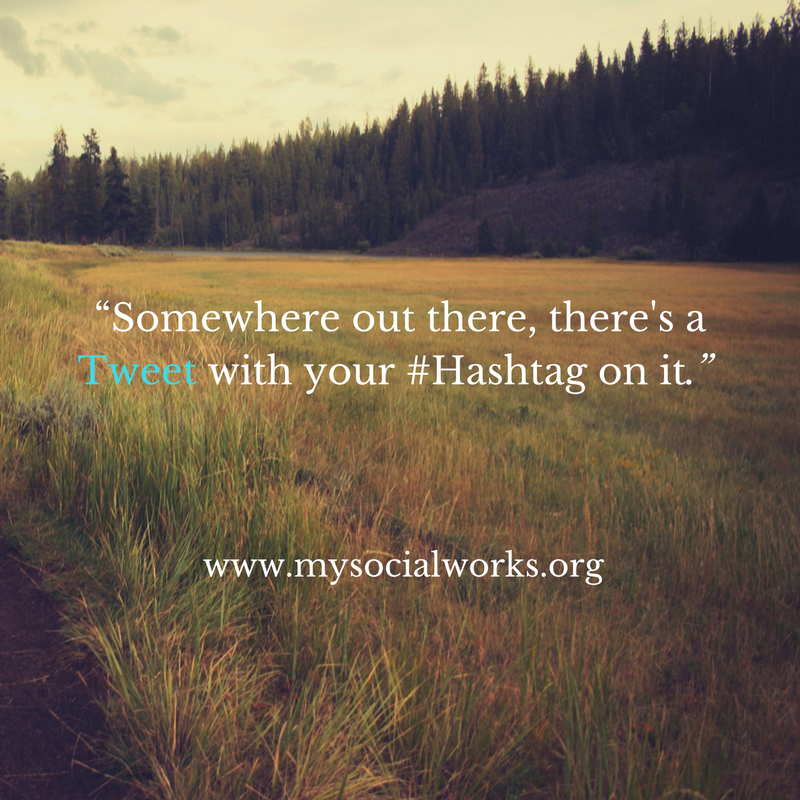Knowing what content to create is one of a marketer’s most difficult jobs. It’s all too easy to imagine your target audience and what they already appreciate, then create more of that. In today’s Whiteboard Friday, Rand discusses why that’s a bit short-sighted, and we should have a broader vision.
https://fast.wistia.net/embed/iframe/na5yh2c1h5?videoFoam=true&videoFoam=true
Click on the whiteboard image above to open a high resolution version in a new tab!
Video Transcription
Howdy, Moz fans, and welcome to another edition of Whiteboard Friday. This one comes to us via submission from email. This is a question from Michael Cassatt. He wanted to know, since he’s working on a content strategy, working on a new blog and having conversations with his manager and his team about, “Hey, should we be writing only extremely focused, narrowly focused content for our specific target audience, or should we be trying to branch out and broaden so that we can reach a bigger audience or a new audience?”
I think this is a fair question, a great question that happens all the time in content strategy and actually in link building strategy discussions around the SEO and content world. So I think it’s actually a pretty bad idea most of the time. Not all the time, but most of the time it’s a pretty bad idea to be extremely narrowly focused on exclusively your audience, your paying customers or the audience that you’re trying to get to pay for your products or services, and I’ll explain why.
General goals of content in SEO & web marketing

So general goals that we usually have around content marketing and content as it relates to SEO and web marketing more broadly is that we want something that potentially
- Directly converts some customers, convinces people to buy from us, convinces them that our products or our services or our knowledge, or whatever it is, is the best in our field.
- Helps us earn press, amplification, and links, certainly so that we can rank higher for all sorts of things, so that we can reach new audiences, so that we get influencers on our side.
- Reach brand new audiences, broad, hopefully new audiences so that we can capture among that new audience some segment or sliver which is going to turn out to be great customers for us, now or in the future, or might be influential to our customers now or in the future.
- Grow our brand’s awareness and authority. We’re just trying to get seen by more folks, more people aware of us so that we can do all sorts of clever things in the future, like have higher click-through rates because people are familiar with us already so that we can do retargeting and remarketing, so that we have more brand credibility of all kinds in all sectors.
Usually, most content goals fall into one of these or several of them.
Now, there’s overlap between them. I haven’t perfectly illustrated this with a great Venn diagram. But in here there is lots of overlap between these different goals. You could have a piece of content that is both designed to earn press and amplification and links and is reaching a broad new audience. Or you might have some content that is directly converting customers that maybe also has some link amplification sorts of overlap. It’s pretty tough to overlap anything else with directly converting customers, but the other three definitely easier to do overlap.
However, most of the content you’re going to produce is going to have a hard time doing anything more than maybe one or two of these. If you’re trying to do three or all four at the same time, you’re going to struggle significantly. This is why folks who say, “I want content that’s going to go viral, that directly converts my customers, that also reaches influencers and helps me reach a broad new group of folks,” you’re asking too much from the same piece of content. It’s going to be a real, real challenge.
Risky business
 If you’re only doing that content that’s hyper-specifically targeting these directly converting customers, you’re going to run into some big problems. First off, heavy competition. It tends to be the case if you’re trying to earn that audience’s attention, so too are all your competitors, and they’re probably trying in very, very similar ways. It’s often a competitive advantage to actually be a little bit broader and to branch out of that.
If you’re only doing that content that’s hyper-specifically targeting these directly converting customers, you’re going to run into some big problems. First off, heavy competition. It tends to be the case if you’re trying to earn that audience’s attention, so too are all your competitors, and they’re probably trying in very, very similar ways. It’s often a competitive advantage to actually be a little bit broader and to branch out of that. You are usually ignoring great link opportunities from websites and press and blogs and events and all sorts of places that you could have earned had that content had a broader focus or just a broader appeal in general. It could be because you hyper-focused your data or your study on too narrow a market that only served your specific customer set, when in fact had you gone a little bit broader, there would have been a lot of press and industry coverage sites that might have written about you. It could be that you’ve only written about your customers’ problems, when in fact if you had written about the problem a little more generally, you might have had the chance to reach bloggers and people on Twitter and folks on LinkedIn and folks through Facebook and those types of places.
You are usually ignoring great link opportunities from websites and press and blogs and events and all sorts of places that you could have earned had that content had a broader focus or just a broader appeal in general. It could be because you hyper-focused your data or your study on too narrow a market that only served your specific customer set, when in fact had you gone a little bit broader, there would have been a lot of press and industry coverage sites that might have written about you. It could be that you’ve only written about your customers’ problems, when in fact if you had written about the problem a little more generally, you might have had the chance to reach bloggers and people on Twitter and folks on LinkedIn and folks through Facebook and those types of places.

Finally, you’re probably missing potential customers and influencers that are outside what your current sphere of influence is. Whatever that sphere is, the content that is most targeted at your audience is going to have a very tough time making this any bigger than it is. The content that’s more broadly-focused, especially if it does well, is going to help expand this sphere so that you reach more of these people over here with that new expanded sphere.
All the right moves
My recommendations, instead of making your content way narrowly focused, I would try and think broader, and I would think about it in these ways. First off…
- Nail down the actual content goals with your team, your manager, or your client so that everyone agrees, “Hey, we want to do some of this, we want to do some of this, and we’re looking to do a lot of this.” If that’s what we know our content is trying to do, it’s pretty easy to have the conversation about why we shouldn’t just create content here.
- Try and distribute those broad versus narrow versus hyper-specific content efforts. Distribute meaning say, “Hey, we know that we’re going to be producing this amount of content. This is how much of it we want to put effort into to target this segment versus this segment versus this other segment.”
- Establish some cadence, some channels, some of the promotion efforts that are actually going to fit the goal and the target audience, because you’re going to do different kinds of promotion. It’s not just a creation of the content itself and the content strategy, it’s the promotion and the targeting. It’s the channels you use, it’s how often you put it out there, and it’s where you put it on your site. It could be that you have a hyper-specific focused blog and then you have articles that are broader, or your blog is very broad and then you have white papers that are very, very focused on your target audience. Both ways are totally fine.
- Use the right metrics to measure your progress against these goals. If you’re trying to reach a broad new audience, you’re using thing like visits and exposure and engagement. If you’re trying to grow press, amplification, and links, well, you’re looking at links, you’re looking at coverage, you’re looking at mentions. If you’re trying to directly convert customers, you are going to be looking at conversion events and whether that content falls somewhere in the conversion path over the course of time.
You do these things right, I think you’re going to have a much more successful conversation when it comes time to say, “Should we create broad content or specific, hyper-focused content?”
All right, everyone, look forward to your comments and we’ll see you again next week for another edition of Whiteboard Friday. Take care.









You must be logged in to post a comment.